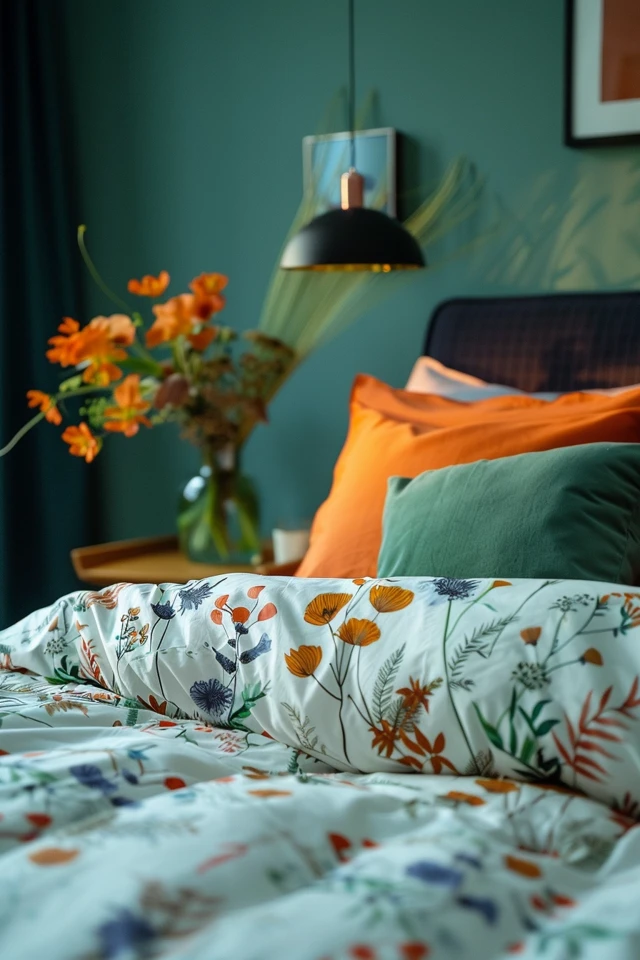Hello, I’m here to share with you the essential steps for disinfecting a used mattress and ensuring proper mattress hygiene. When you purchase a used mattress, it’s important to take precautionary measures to eliminate dust mites, germs, dead skin cells, and other irritants that may be lurking within. By following these sanitization steps, you can create a clean and healthy sleep environment that promotes better rest and peace of mind.
Key Takeaways:
- To disinfect a used mattress, vacuum it with an upholstery attachment to remove dust, dead skin, and hair.
- Steam cleaning the mattress can effectively eliminate germs and provide thorough sanitization.
- Using a solution of hydrogen peroxide, table salt, warm water, and liquid dish soap can help remove stains and disinfect the mattress.
- Sprinkling baking soda on the mattress and letting it sit before vacuuming can eliminate odors.
- Maintain mattress cleanliness by using a waterproof protector, washing bedding regularly, and rotating the mattress every six months.
How to Sanitize a Used Mattress
The process of sanitizing a used mattress involves several essential steps to ensure thorough cleaning and disinfection. By following these sanitization steps, you can achieve a cleaner and germ-free sleep environment.
- Vacuum the mattress: Start by vacuuming the entire surface of the mattress using an upholstery attachment. This will help remove dust, dead skin cells, and hair that may be present on the surface.
- Steam clean the mattress: Steam cleaning is an effective method for killing germs and sanitizing the mattress. Use a steam wand to go over the entire surface of the mattress, ensuring all areas are thoroughly cleaned.
- Use a homemade solution: Create a solution using hydrogen peroxide, table salt, warm water, and liquid dish soap. Gently apply this solution to any stains on the mattress and scrub gently using a clean cloth. Allow the solution to sit for a few minutes to disinfect the mattress.
- Eliminate odors with baking soda: Sprinkle baking soda generously over the mattress and let it sit for at least 30 minutes. Baking soda helps absorb odors and freshens the mattress. Vacuum the mattress again to remove the baking soda.

Following these sanitization steps will help in effectively sanitizing and disinfecting the used mattress, ensuring a clean and hygienic sleeping surface.
“Proper sanitization steps are crucial when it comes to maintaining a clean and germ-free mattress.”
Remember:
- Always refer to the manufacturer’s guidelines for cleaning recommendations specific to your mattress.
- Before starting the sanitization process, ensure the mattress is completely dry to prevent mold and mildew growth.
- Consider using mattress protectors or covers to prevent future stains and microbial growth.
Now, armed with the knowledge of these sanitization steps, you can confidently sanitize and disinfect a used mattress, eliminating germs and providing a clean and healthy sleeping environment for yourself and your family.

Maintaining a Clean Mattress
Once the mattress has been properly sanitized, it is important to maintain its cleanliness. By following a few simple cleaning tips for your mattress, you can ensure its hygiene and prolong its lifespan.
Using a waterproof mattress protector is a key step in mattress maintenance. Not only does it shield your mattress from stains and spills, but it also acts as a barrier against dust mites and allergens. A quality waterproof protector is easy to clean and helps keep your mattress fresh and odor-free.
Regularly washing your bedding is another essential step. Bed sheets, pillowcases, and duvet covers should be laundered at least once a week to remove sweat, dead skin cells, and any dirt or debris. This not only promotes mattress hygiene but also helps maintain a comfortable and inviting sleep environment.
In addition to washing bedding, it is recommended to rotate your mattress every six months. This simple action helps distribute the wear and tear evenly, preventing the formation of sagging spots and prolonging the overall lifespan of your mattress.

For added protection and comfort, consider using a mattress topper. A topper acts as an extra layer of cushioning, providing additional comfort and support to your mattress. It also serves as a protective barrier, guarding your mattress against spills, stains, and allergens.
To maintain mattress hygiene, it’s crucial to keep your mattress dry and address any spills or accidents promptly. Moisture can lead to the growth of mold and mildew, resulting in unpleasant odors and potential health risks. Wiping up spills immediately and using a fan or dehumidifier to dry the mattress can help prevent these issues.
By incorporating these cleaning tips into your mattress maintenance routine, you can ensure that your mattress remains clean, fresh, and hygienic for years to come.

